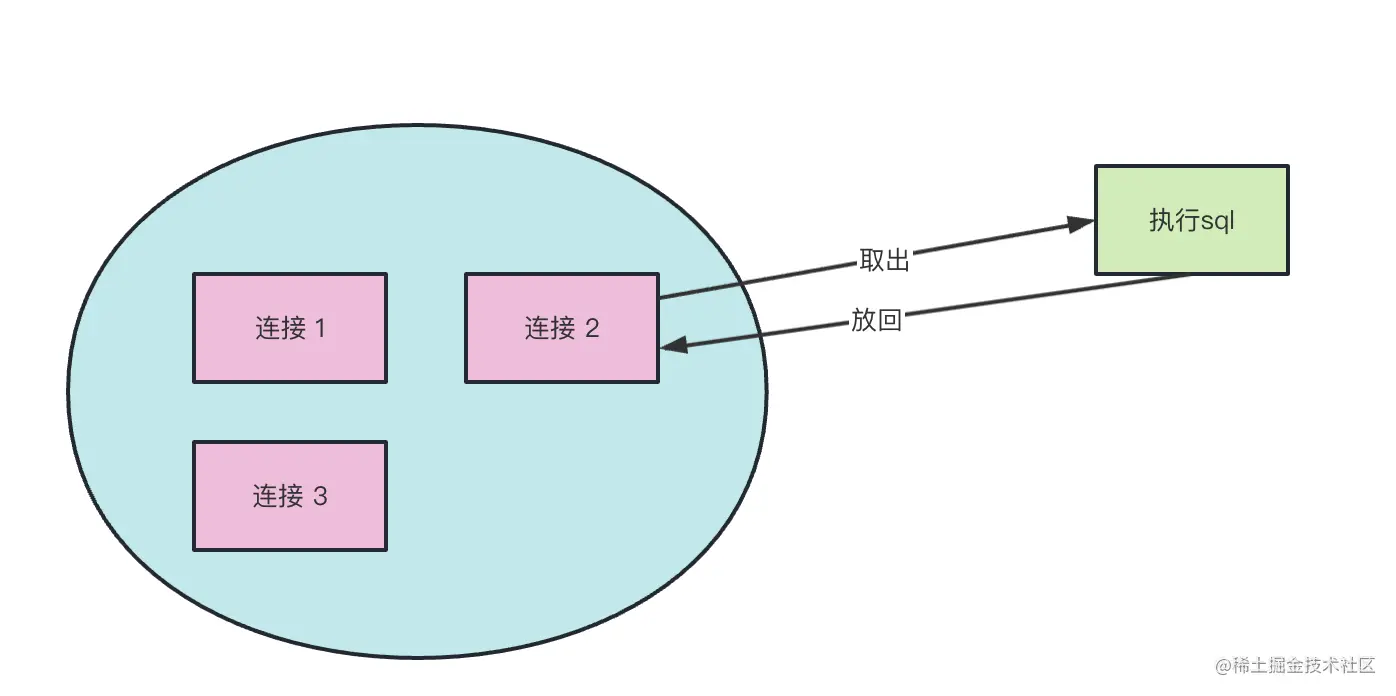使用最新的 npm mysql 连接库 mysql2
基础使用
| const mysql = require("mysql2");
const connection = mysql.createConnection({
host: "localhost",
port: 3306,
user: "root",
password: "123456",
database: "practice",
});
connection.query("SELECT * FROM customers", function (err, results, fields) {
console.log(results);
console.log(fields.map((item) => item.name));
});
|
promise 版本
| const mysql = require("mysql2/promise");
(async function () {
const connection = await mysql.createConnection({
host: "localhost",
port: 3306,
user: "root",
password: "guang",
database: "practice",
});
const [results, fields] = await connection.query("SELECT * FROM customers");
console.log(results);
console.log(fields.map((item) => item.name));
})();
|
连接池
需要操作数据库的时候,建立连接,用完之后释放连接。但这样性能并不高。因为数据库的连接建立还是很耗时的,而且一个连接也不够用。我们一般都是用连接池来管理:

1
2
3
4
5
6
7
8
9
10
11
12
13
14
15
16
17
18
19
20
21
22
23
24
25
26
27
28
29
30
31
| const mysql = require("mysql2/promise");
(async function () {
const pool = mysql.createPool({
host: "localhost",
user: "root",
password: "123456",
database: "practice",
waitForConnections: true,
connectionLimit: 10,
maxIdle: 10,
idleTimeout: 60000,
queueLimit: 0,
enableKeepAlive: true,
keepAliveInitialDelay: 0,
});
const [results] = await pool.query("select * from customers");
console.log(results);
})();
const connection = await pool.getConnection();
const [results] = await connection.query("select * from orders");
console.log(results);
|

